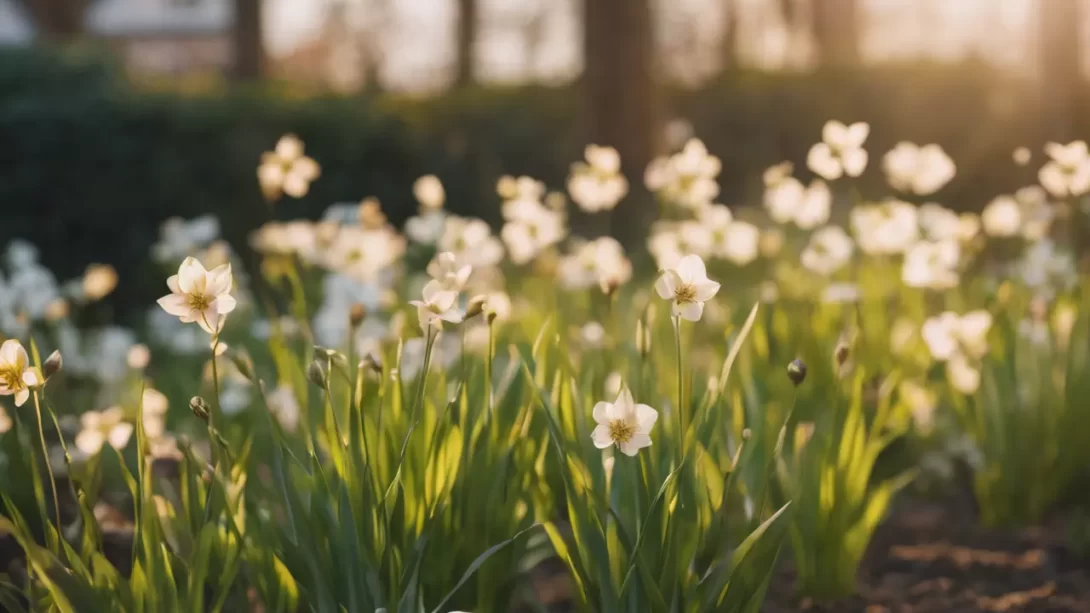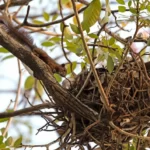Early spring, a season that marks the transition from winter to the warmer months, brings a sense of renewal and anticipation. As nature awakens from its winter slumber, early spring offers a fresh beginning characterized by budding trees, blooming flowers, and the return of vibrant colors to the landscape. In this exploration, we’ll delve into the definition and significance of early spring, uncovering the meteorological aspects that contribute to its arrival and exploring the observable signs of this transitional season.
Meteorological Aspects
Meteorological spring, defined by calendar months, typically spans from March to May in the Northern Hemisphere. The arrival of early spring is influenced by a combination of factors, including the Earth’s axial tilt, lengthening daylight hours, and the gradual warming of the atmosphere. This period witnesses the weakening of winter’s grip, with temperatures slowly rising and weather patterns shifting. Understanding the meteorological aspects of early spring provides insights into the changing dynamics of the atmosphere during this transitional phase.
Phenological Signs
Phenology, the study of seasonal changes in plants and animals, offers a more nuanced perspective on the arrival of early spring. Observing phenological signs provides a tangible connection to nature’s rhythms. In early spring, these signs include the emergence of buds on trees, the blooming of early flowers like crocuses and daffodils, and the return of migratory birds. Phenological indicators not only signal the changing season but also impact the behavior of various species, illustrating the interconnectedness of the natural world during this time of renewal.
Activities and Celebrations
Early spring brings forth a burst of energy and a desire to celebrate the changing season. Various traditional and cultural activities mark this transition, often centered around the theme of renewal and new beginnings. Festivals, such as spring equinox celebrations, highlight the equilibrium between day and night. Many cultures also engage in outdoor activities like picnics, hikes, and nature walks to revel in the blooming beauty of early spring. These activities serve as expressions of joy and optimism as people bid farewell to winter’s chill and welcome the warmer days ahead.
Gardening in Early Spring
For gardening enthusiasts, early spring is a crucial time to prepare and cultivate the soil for a vibrant growing season. As the ground thaws, gardeners engage in activities like soil amendment, pruning, and planting early-season crops. Cool-season vegetables and flowers thrive during this period, taking advantage of the favorable conditions for germination and growth. Gardening in early spring requires careful attention to weather patterns and soil conditions, ensuring a successful and bountiful garden as the season progresses. The promise of fresh blooms and harvests adds to the excitement of early spring, making it a favorite time for gardeners to reconnect with the earth.
Weather Patterns
The weather patterns during early spring are characterized by a delicate dance between winter’s lingering chill and the emerging warmth of the approaching summer. While the days gradually lengthen, temperatures may still exhibit variability, with occasional frosty nights and mild, sunlit days. This transition creates a dynamic atmosphere where the landscape experiences a mix of rain showers, blossoming flowers, and the occasional appearance of sunshine. Understanding these weather patterns is essential for planning outdoor activities and navigating the variability that defines early spring.
Conclusion
In conclusion, early spring serves as a bridge between the cold grasp of winter and the vibrant awakening of summer. Defined by both meteorological aspects and phenological signs, this season carries a sense of renewal and anticipation. Engaging in activities and celebrations, from equinox festivities to gardening endeavors, reflects the collective human response to the changing atmosphere. As weather patterns shift and nature undergoes its annual transformation, early spring invites us to embrace the promise of new beginnings and the beauty that unfolds with each passing day. It is a season of optimism, growth, and the rekindling of the natural world after the quietude of winter. As we savor the nuances of early spring, we embark on a journey of connection with the ever-changing tapestry of the seasons.



